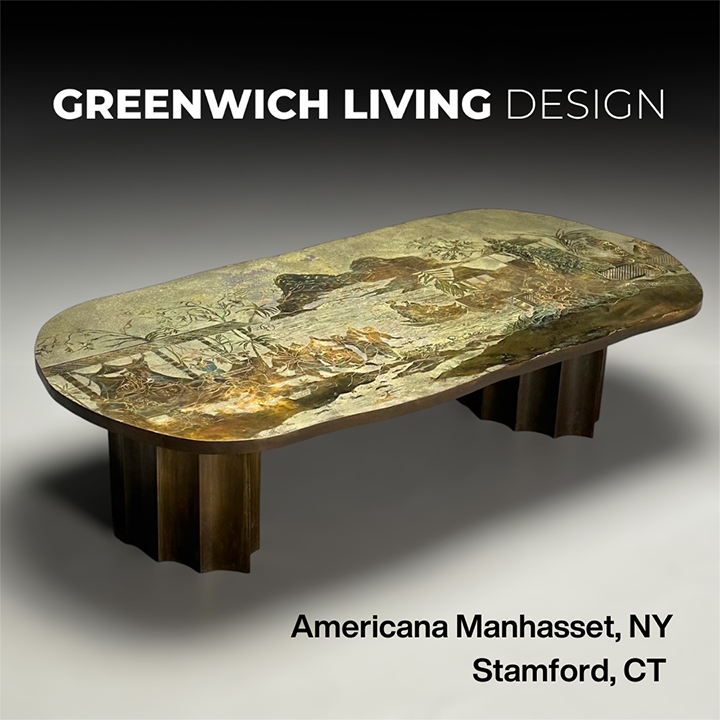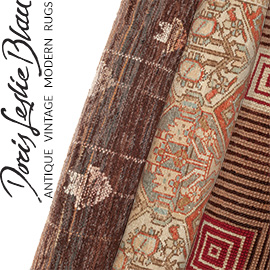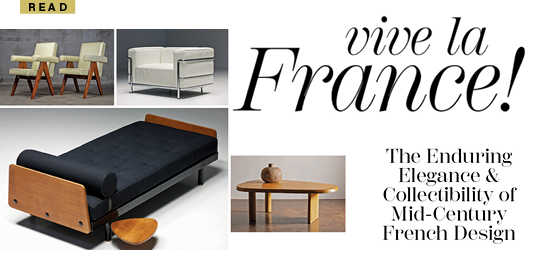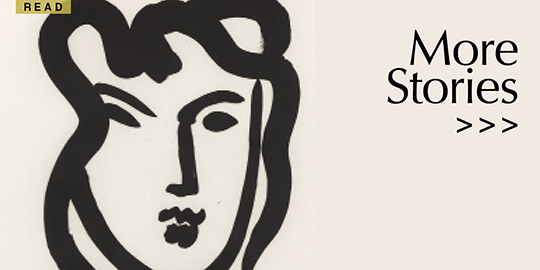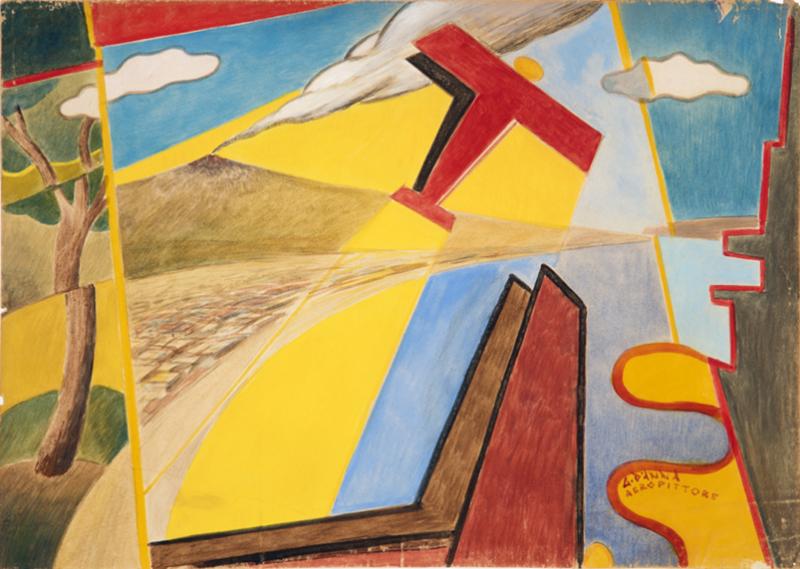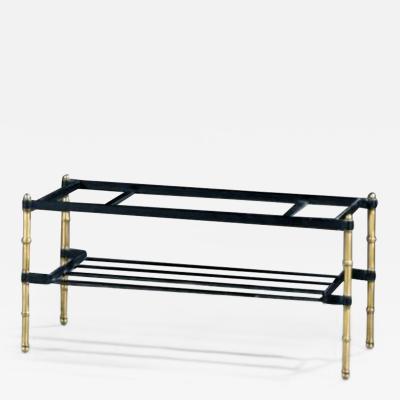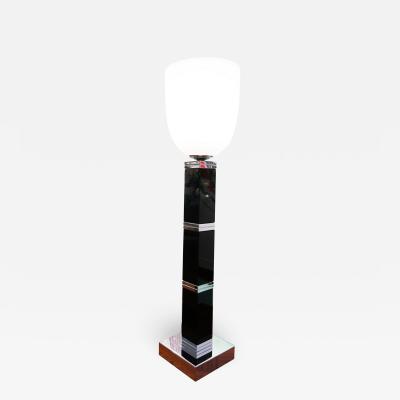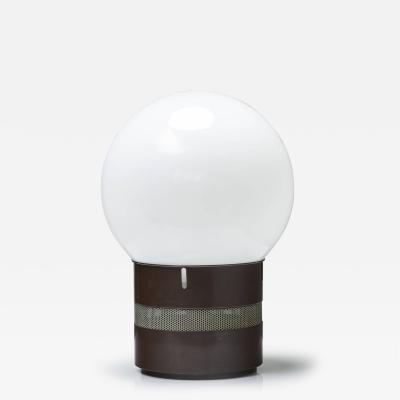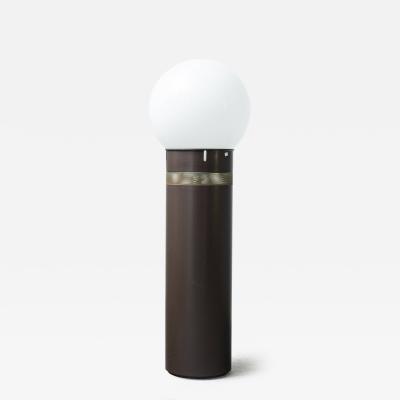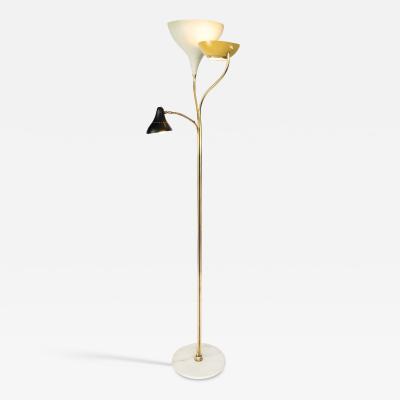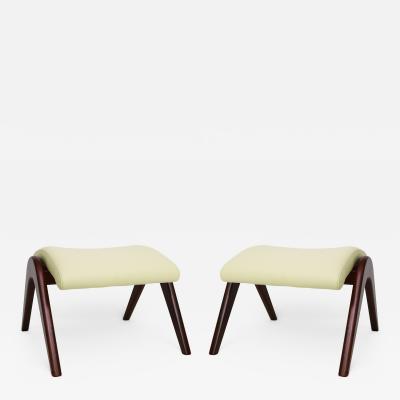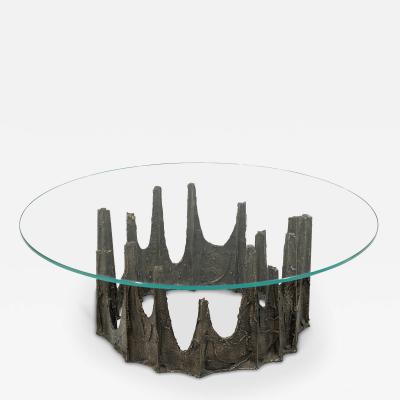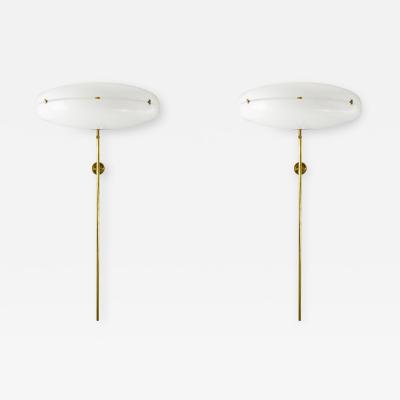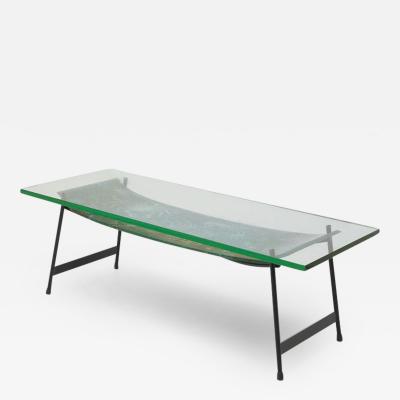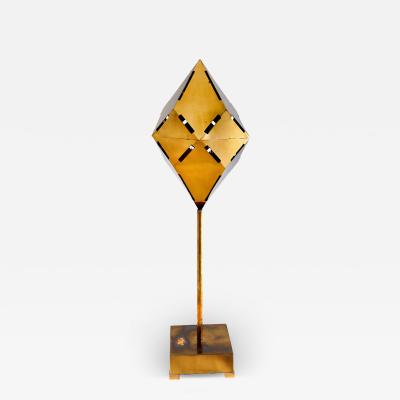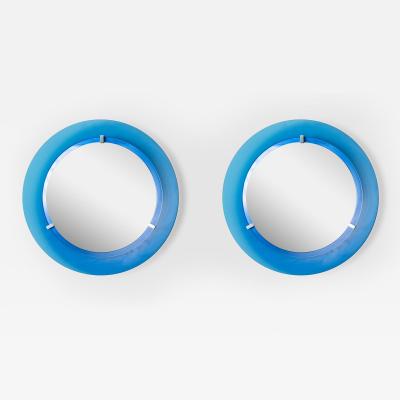Giulio d'Anna born in 1908, was an Italian avant-garde painter famous for his aeropittura style, which refers to a form of futurism present in the years following the First World War. He mostly lived in Messina, where he moved to with his older brother at the end of the First World War. However, he's always stayed in contact with Palermo from Messina, when he fully dedicated himself to painting, as it was the capital of the island. It was also the most lively and dynamic center in the field of figurative arts, especially with the presence of the first generation of Sicilian futurists: Vittorio Corona, Pippo Rizzo and Antonino Varvaro. In 1931 D’Anna had his first solo show at the Galleria Vittorio Emanuele III. Italian poet, Filippo Tommaso Marinetti came to see D’Anna’s works, and expressed his admiration and encouraged the artist to take part in the main national Futurist exhibition. He was the first Messina painter to exhibit at the 19th Venice Biennale in 1934 and at the second Rome Quadrennial the following year, also recording the first prize among young artists at the Colonial Art Exhibition in Paris. However, he did not abandon the activity in the family bookshop, which became a cultural center of Messina. Aeropainting is a style derived from futurism. Embracing modernity and its characteristics of the Marinettian movement, aeropainting manifests the enthusiasm for flight, as well as the dynamism and speed of the airplane. The aeropictorical style also responds to an autobiographical need of D’Anna, immediately revealing itself as a need for escape and aspiration to those journeys that he can only achieve through his imagination, without direct experience of flight.




